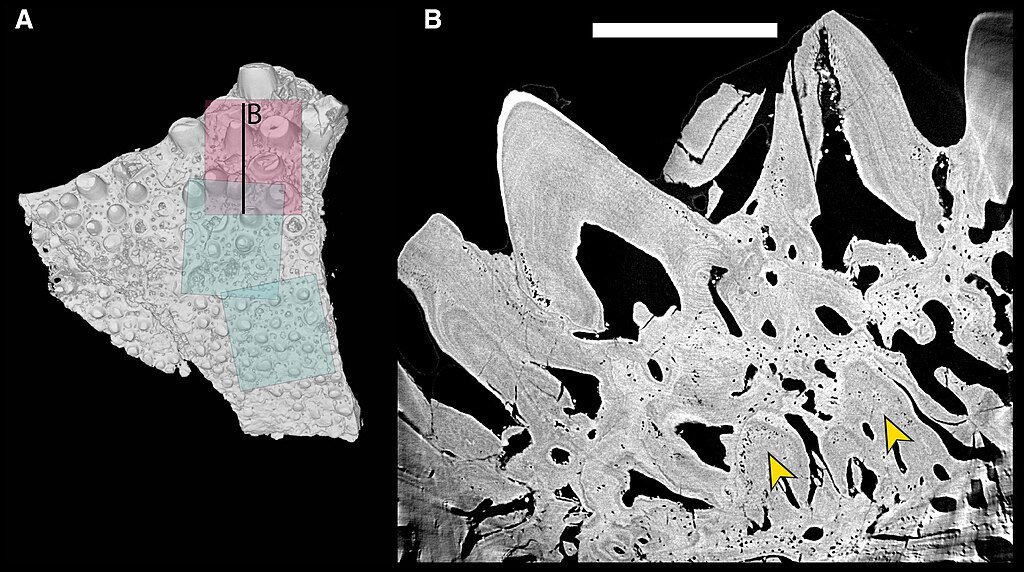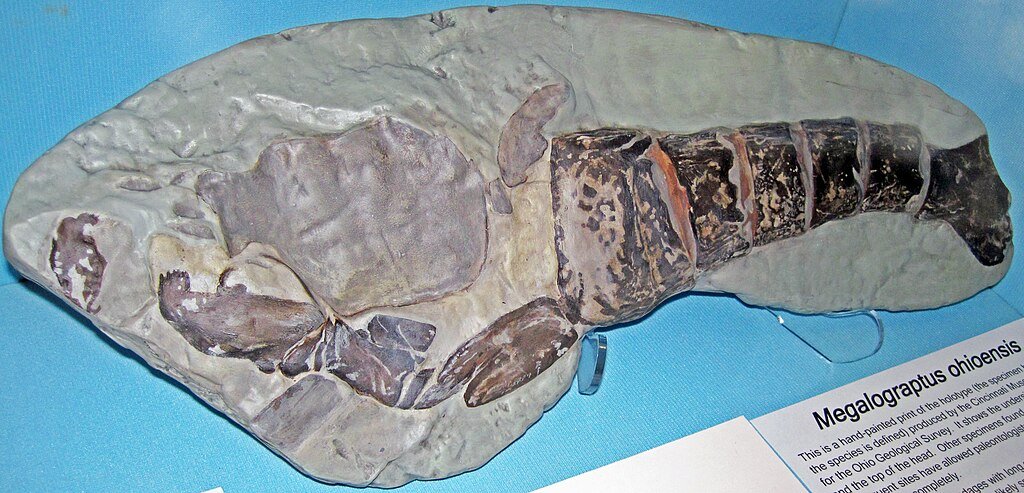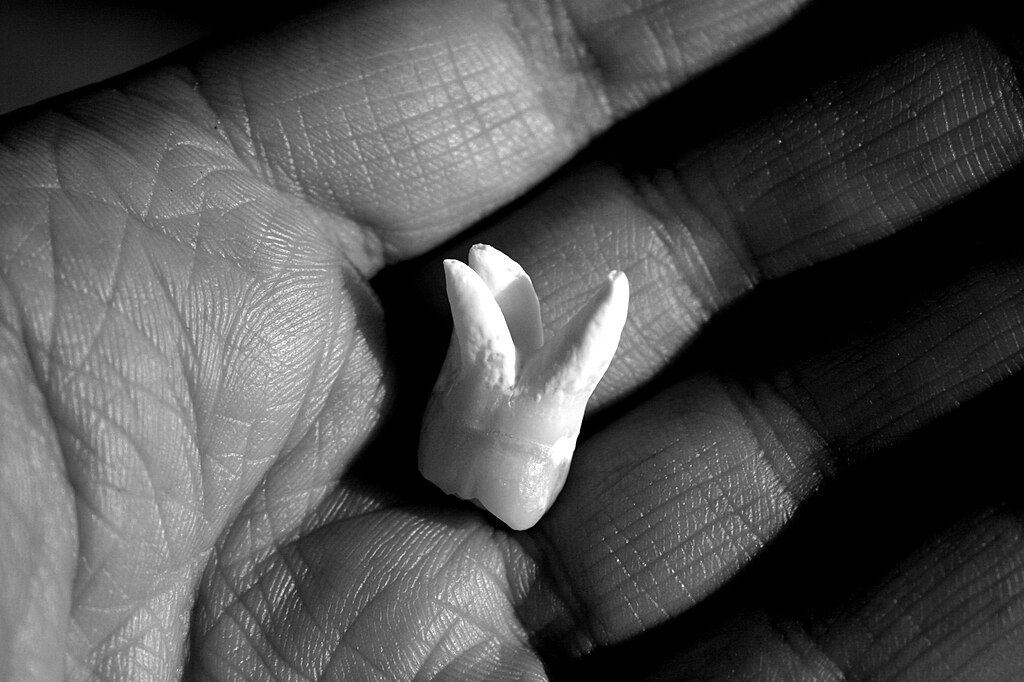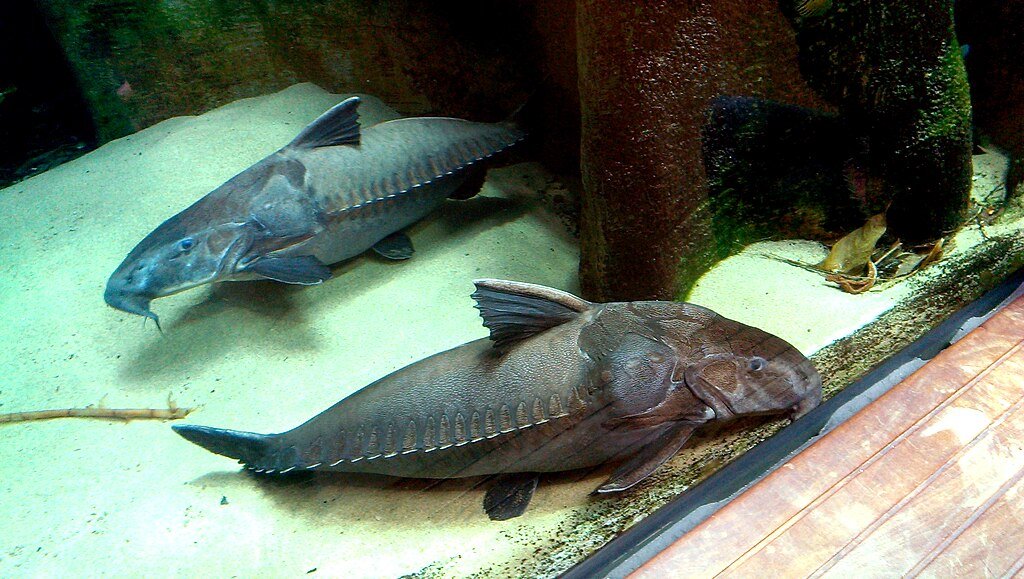Every time you wince from savoring ice cream or feel the sting of hot coffee, you are living a legacy 460 million years in development. According to ground-breaking studies, human teeth started as sensory armor on ancient fish, guiding them across the dangerous waters of the Ordovician period rather than tools for chewing. A study in Nature reveals how the same genetic blueprint that once generated sensitive, nerve-rich scales on prehistoric fish now shapes the teeth in our mouths. This finding links the modern sensitivity of teeth to an ancient survival mechanism lost in deep time, so rewriting the evolutionary history of teeth.
The “Outside-In” Hypothesis: Teeth Began as Body Armor

For decades, scientists debated whether teeth evolved from inside the mouth (“inside-out”) or from external body structures (“outside-in”). The latest research strongly supports the latter. High-resolution CT scans of 465-million-year-old fish fossils revealed that dentine, the sensitive tissue beneath our enamel first appeared as sensory bumps called odontodes on their exoskeletons. These structures, packed with nerve connections, helped fish detect predators, temperature changes, and water pressure. Over millennia, these scales migrated into the mouth, repurposed by evolution into the teeth we use today 37.
The study debunked a long-standing misconception by proving Anatolepis heintzi, once thought to be an early fish, was actually an arthropod with similar sensory armor highlighting how evolution repeatedly “invented” sensitive mineralized tissues in unrelated species.
A Night at the Particle Accelerator: How Scientists Cracked the Mystery

The breakthrough came from an all-night scanning session at Argonne National Laboratory’s Advanced Photon Source, where researchers bombarded tiny fossils with high-energy X-rays. Lead author Dr. Yara Haridy described the eureka moment: “We were high-fiving, we thought we’d found the earliest vertebrate teeth.” But the scans revealed something stranger, the “teeth” were actually sensory organs akin to those in modern crabs. This accidental discovery underscored a profound evolutionary convergence: both vertebrates and invertebrates independently developed nerve-rich armor for survival 78.
Unexpected Angle: The team even studied live catfish raised in Haridy’s lab, whose sandpaper-like skin denticles are directly wired to nerves just like teeth. “It’s all connected,” Haridy noted. “The same genes that built sensory armor later built teeth”.
Why Are Teeth So Sensitive? Blame Your Fish Ancestors

The study answers a dental conundrum: Why are teeth made to resist crushing forces exquisitely sensitive? The answer lies in their origins. Like crabs today, ancient fish sensed danger by means of dentine-rich scales. These structures kept their nerve connections when they developed into teeth, thus they reacted to pressure and temperature. Senior author Dr. Neil Shubin said, “Teeth did not evolve for eating. They changed in response to feeling”.
Sharks still retain these ancestral traits, their skin is covered in “denticles,” tooth-like scales linked to nerves, essentially making their entire body’s sensory organs.
The 300-Million-Year-Old Reptile Connection

While the fish armor study focuses on the earliest origins, another fossil Shashajaia bermani, a 300-million-year-old reptile fills a later gap. Discovered in Utah, this creature had the first differentiated teeth (incisors, canines, and molars), a trait passed down to mammals. “We now know our earliest ancestors were small predators with heterodont teeth,” said co-author Dr. Suresh Singh. This “toolkit” of specialized teeth likely improved prey capture, setting the stage for human dentition.
Irony Alert: Shashajaia means “Berman’s bear heart” in Navajo, honoring paleontologist David Berman yet its teeth reveal the roots of our bites.
Climate Change and the Tooth Revolution
“Evolution is a tinkerer,” said Haridy. “It doesn’t create new systems, it modifies old ones.” The Ordovician period saw extreme climate fluctuations, forcing species to adapt. Sensible armor may have helped fish survive in changing seas, while later, jawed predators repurposed these structures for hunting.
Deep-Time Lesson: According to the study, perhaps even in humans, the climate crises of today could set off similarly unanticipated evolutionary changes.
Conclusion: Teeth as Living Fossils

From the chair of your dentist to armored fish, teeth have a secret history of survival, sensation, and serendipity. Remember that you are experiencing the echo of an ancient fish negotiating a primordial ocean next time you flinch at a cold drink. “We did not find the earliest vertebrate, but we found something way cooler,” Shubin said.
Final Thought
Could future humans develop fresh dental adaptations if teeth are turned into sensory tools? Only time and another 460 million years will inform us.
Sources:

Jan loves Wildlife and Animals and is one of the founders of Animals Around The Globe. He holds an MSc in Finance & Economics and is a passionate PADI Open Water Diver. His favorite animals are Mountain Gorillas, Tigers, and Great White Sharks. He lived in South Africa, Germany, the USA, Ireland, Italy, China, and Australia. Before AATG, Jan worked for Google, Axel Springer, BMW and others.



